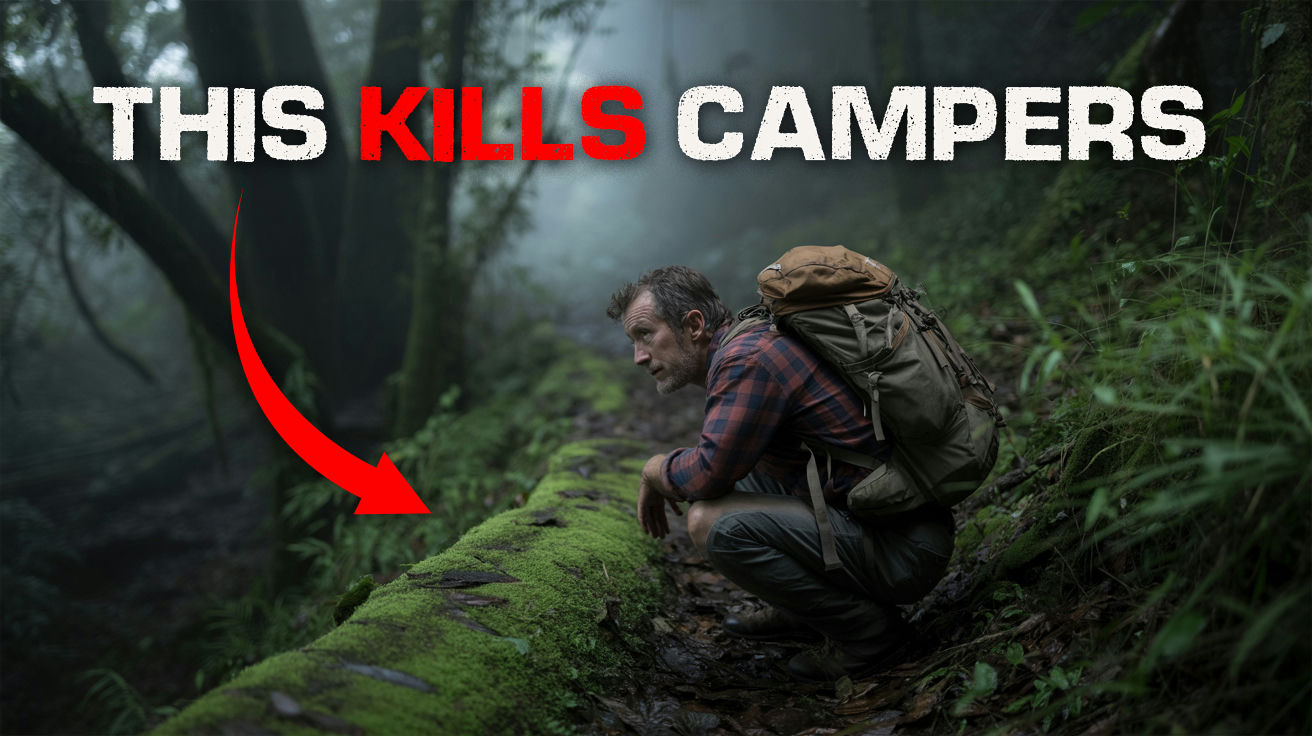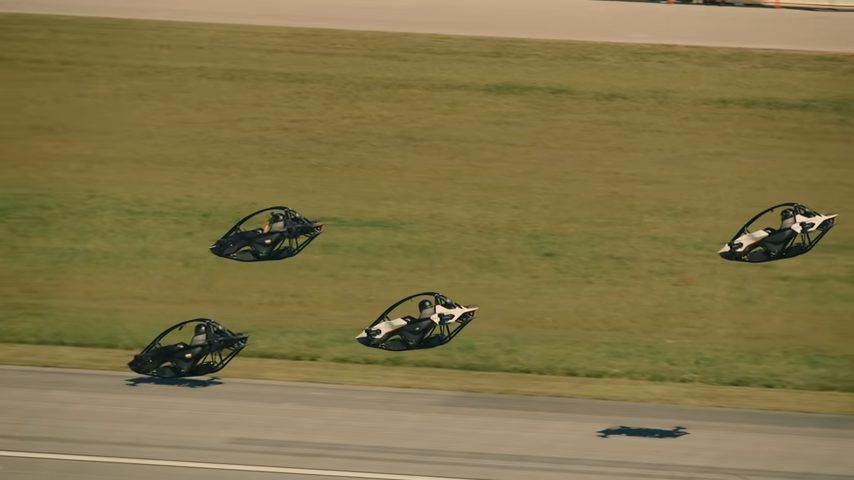Wilderness survival isn’t about playing action hero—it’s about making smart decisions when your life depends on it. Bad advice spreads faster than wildfire, turning manageable situations into body bag statistics.
Hollywood myths and campfire tales create dangerous confidence in tactics that’ll get you killed. These aren’t harmless misconceptions; they’re survival suicide. This guide cuts through the BS to deliver actual lifesaving information based on what works, not what sounds dramatic.
8. Playing Dead Won’t Save You From Every Bear

Bear encounters aren’t one-size-fits-all situations, despite what survival shows suggest. Black bears require aggressive defense—make noise, appear large, and fight back with everything available, while grizzlies demand the opposite approach: drop flat, protect your neck, and stay motionless until they lose interest.
Polar bears view humans as dinner, making playing dead a fast track to becoming lunch. Each species operates on different behavioral patterns, and mixing up your response turns a survivable encounter into a fatal mistake. Know your bears before you need to.
7. Drinking Urine Accelerates Your Death

Desperation makes people do stupid things, including drinking their own waste. Urine contains concentrated toxins your kidneys already filtered out once, and forcing this toxic cocktail back through your system overworks already stressed organs during dehydration.
The result? Vomiting, diarrhea, and faster dehydration than if you’d done nothing. Military survival manuals explicitly prohibit this deadly practice of drinking your own urine when dehydrated. Find water sources instead of recycling waste products your body rejected for good reasons.
6. Punching Sharks Is Hollywood Nonsense

Movies love the dramatic shark punch, but underwater physics make this tactic laughably ineffective. Water resistance slows your movements to useless speeds while sharks maintain full agility, and punching also requires getting close enough to become an easy target.
Target the eyes and gills instead—these sensitive areas actually affect shark behavior, and maintain eye contact to signal you’re not helpless prey. Save the heroic punches for dry land where physics work in your favor.
5. Animals Eat Things That’ll Kill You

Squirrels aren’t your personal food testers, despite what desperate hunger suggests. Animals possess specialized digestive systems and enzymes that neutralize toxins fatal to humans, and what keeps a bird alive will shut down your organs permanently.
Yew berries and death cap mushrooms prove this point lethally. Animals have biological cheat codes humans lack. These include specialized livers, different enzyme profiles, and toxin resistance we simply don’t possess. Trust field guides, not forest creatures.
4. Moss Makes a Terrible Compass

Moss grows wherever conditions suit it, not according to cardinal directions. Moisture and shade determine moss growth, creating patches on all sides of trees depending on local conditions, and following moss leads to circular wandering and deeper disorientation.
Dense forests create their own microclimates where moss thrives randomly, so carry an actual compass and learn basic navigation skills. Natural indicators work as supplements, not primary navigation tools when your route home depends on accuracy. And if you want to stack the odds in your favor for your next trek, make sure you’re equipped with expert-approved survival tools designed to bridge the gap between myth and life-saving reality.
3. Snow Eating Triggers Hypothermia

Snow acts like frozen calorie bombs, dropping your core temperature with each mouthful, while your body burns precious energy melting ice when you desperately need heat conservation. Direct snow consumption fast-tracks hypothermia in already dangerous conditions.
Melt snow first using body heat or available warmth sources, and pack snow in water bottles while keeping them close to your body for gradual melting. The extra time investment prevents the thermal shock that turns manageable cold into deadly temperature drops.
2. Caves Become Lightning Death Traps

Caves seem like obvious storm shelters until lightning turns them into electrical torture chambers, as wet rock conducts electricity efficiently, channeling lightning strikes through cave walls and floors. Shallow caves amplify this effect, creating concentrated electrical hazards.
Modern lightning safety research debunks old cave shelter advice completely, so find low areas under shorter trees instead, avoiding tall objects and cave entrances. Sometimes traditional wisdom becomes deadly when better information emerges through scientific study.
1. Ground Contact Steals Body Heat

Earth acts like a massive heat sink, drawing warmth from your body through direct contact, and lying on cold ground triggers rapid heat loss that exhausts energy reserves and triggers hypothermia. The ground wins this thermal battle every time.
Build debris beds at least six inches thick using leaves, pine needles, and branches, as this insulation barrier prevents conductive heat loss while maintaining body temperature. Small effort investment prevents the gradual heat drain that kills people slowly and quietly.
For more on the tools and creative solutions that can keep you alive, explore essential survival innovations that go far beyond folklore.






























